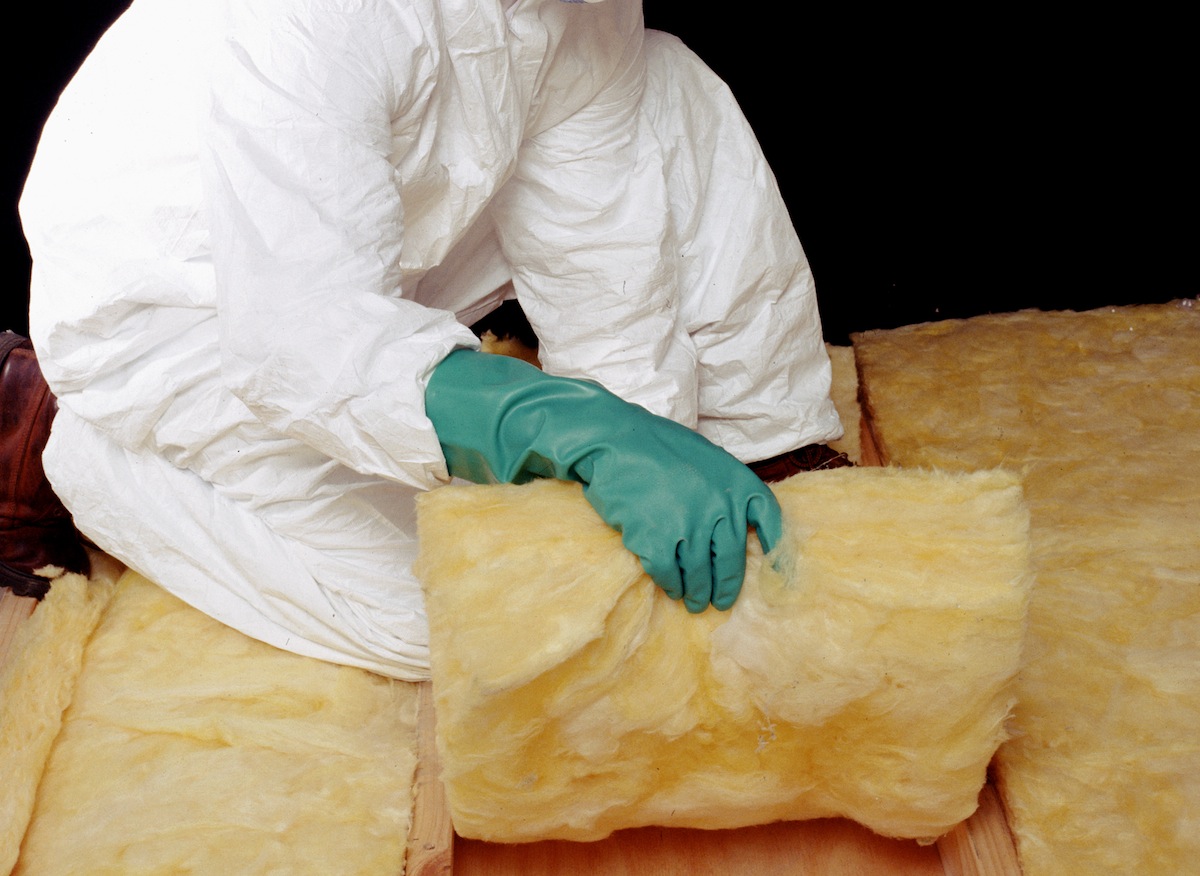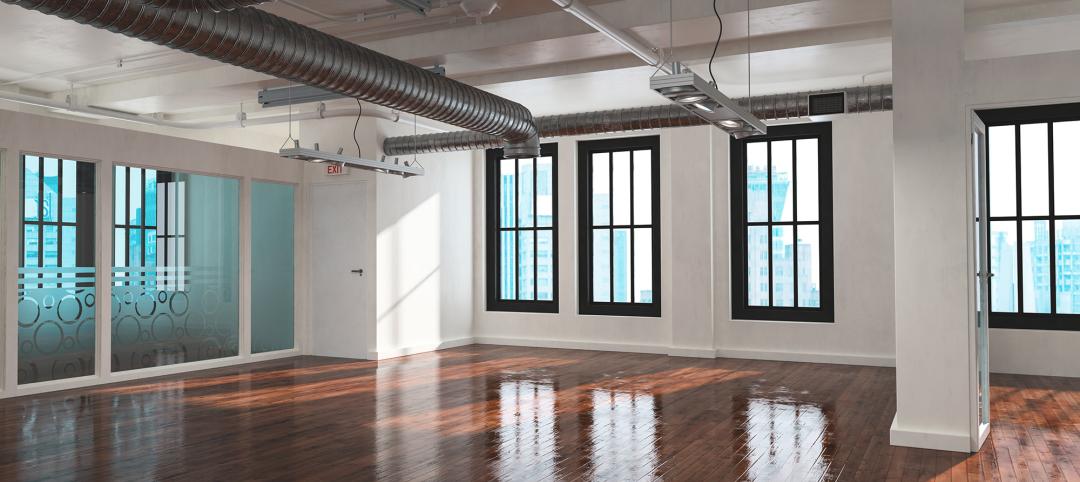Performance is crucial for insulation. “Superinsulation” and continuous insulation (abbreviated “ci”) across the entire envelope are critical elements of highly sustainable and net-zero projects, says Perkins+Will’s Cillian Collins. Green roofs, living walls, and some rainscreen enclosures offer a variety of insulating and environmental qualities.
Mineral wool, which is highly fire resistant, can also be effective, says SmithGroupJJR’s Andrew Dunlap. Wiss, Janney, Elstner’s Fiona Aldous mentions phase-change materials, super-thick insulation, and high-performance insulating blankets with R-values exceeding nine per inch of thickness.
The latest trend, says Aldous, is to ensure that the exterior wall assembly complies with continuous insulation requirements (where required) and NFPA 285, the IBC-mandated testing of combustible envelope material assemblies, including foam plastic insulation and certain water-resistive barriers.
Aldous says that even the best-designed envelopes can be undermined by thermal bridging in areas where insulation is deficient. She recommends the following:
• Determine how much insulation is needed, and how to install it properly.
• Evaluate the insulation’s permeability and the risk of creating an unintended vapor barrier.
• Locate the insulation correctly within the wall assembly.
• Use insulation to manage vapor movement or air leakage (or both).
• Minimize thermal bridges.
• Meet continuous insulation (ci) requirements.
• Comply with NFPA 285.
The choice of the correct insulation should be more than a rush to the highest available R-value. The products selected must contribute to a system that controls the flow of air, heat, vapor, and water. Older buildings’ envelopes, which may be leakier and less insulated, at least have a good potential for drying; the tighter, high-R-value envelopes in favor today allow very little thermal flow. So if there is bulk water intrusion or vapor/air leakage, moisture can remain in the envelope long enough to lead to mold, corrosion, and dry rot.
There are many options for envelope insulation. Fiberglass, rock wool, and slag wool have been used for decades, but now there’s rigid board, cellulose, and foam insulation, as well as cotton, wool, and hemp.
Hemp insulation (which was just recently allowed in the U.S.) comes from a renewable resource and is biodegradable and breathable, according to building enclosure experts. Hemp has good sound absorption, resists mold and bugs, and is stiffer than many other fiber insulations, so it doesn’t slump after it’s installed.
Slumping and movement following installation can be a problem, so passive designers have been looking to building materials that have insulation built into the material’s structure, such as structural insulated panels (SIPs), insulating concrete forms (ICFs), and insulated metal panels (IMPs). Polystyrene or polyurethane foams are major components of these prefabricated systems.
Another option: vacuum-insulated panels filled with aerogels. These so-called “VIPs” are panels with fumed silica or fibrous layers with nanopores. Some enclosure experts say they can enhance design flexibility, as they are thinner than some other insulations.
According to the USDOE Oak Ridge National Laboratory, open-cell aerogels are 90% or more air by volume and offer “unique physical properties, including the highest thermal resistivity, the highest specific surface area, the lowest density, the lowest refractive index, and the lowest dielectric constant of all solid materials.”
The dominant specs for insulation are plastics, some of which contain recycled content. Plastic foam board and spray-applied materials perform well as envelope insulation, both above and below grade.
Related Stories
75 Top Building Products | Apr 22, 2024
Enter today! BD+C's 75 Top Building Products for 2024
BD+C editors are now accepting submissions for the annual 75 Top Building Products awards. The winners will be featured in the November/December 2024 issue of Building Design+Construction.
Airports | Apr 18, 2024
The next destination: Passive design airports
Today, we can design airports that are climate resilient, durable, long-lasting, and healthy for occupants—we can design airports using Passive House standards.
Sustainability | Mar 13, 2024
Trends to watch shaping the future of ESG
Gensler’s Climate Action & Sustainability Services Leaders Anthony Brower, Juliette Morgan, and Kirsten Ritchie discuss trends shaping the future of environmental, social, and governance (ESG).
Products and Materials | Jan 31, 2024
Top building products for January 2024
BD+C Editors break down January's top 15 building products, from SloanStone Quartz Molded Sinks to InvisiWrap SA housewrap.
Sustainability | Jan 10, 2024
New passive house partnership allows lower cost financing for developers
The new partnership between PACE Equity and Phius allows commercial passive house projects to be automatically eligible for CIRRUS Low Carbon financing.
75 Top Building Products | Dec 13, 2023
75 top building products for 2023
From a bladeless rooftop wind energy system, to a troffer light fixture with built-in continuous visible light disinfection, innovation is plentiful in Building Design+Construction's annual 75 Top Products report.
Office Buildings | Nov 10, 2023
3 important early considerations for office-to-residential conversions
Scott Campagna, PE, Senior Director of Housing, IMEG Corp, shares insights from experts on office-to-residential conversion issues that may be mitigated when dealt with early.
Products and Materials | Oct 31, 2023
Top building products for October 2023
BD+C Editors break down 15 of the top building products this month, from structural round timber to air handling units.
Building Materials | Oct 19, 2023
New white papers offer best choices in drywall, flooring, and insulation for embodied carbon and health impacts
“Embodied Carbon and Material Health in Insulation” and “Embodied Carbon and Material Health in Gypsum Drywall and Flooring,” by architecture and design firm Perkins&Will in partnership with the Healthy Building Network, advise on how to select the best low-carbon products with the least impact on human health.
Construction Costs | Sep 28, 2023
U.S. construction market moves toward building material price stabilization
The newly released Quarterly Construction Cost Insights Report for Q3 2023 from Gordian reveals material costs remain high compared to prior years, but there is a move towards price stabilization for building and construction materials after years of significant fluctuations. In this report, top industry experts from Gordian, as well as from Gilbane, McCarthy Building Companies, and DPR Construction weigh in on the overall trends seen for construction material costs, and offer innovative solutions to navigate this terrain.

















